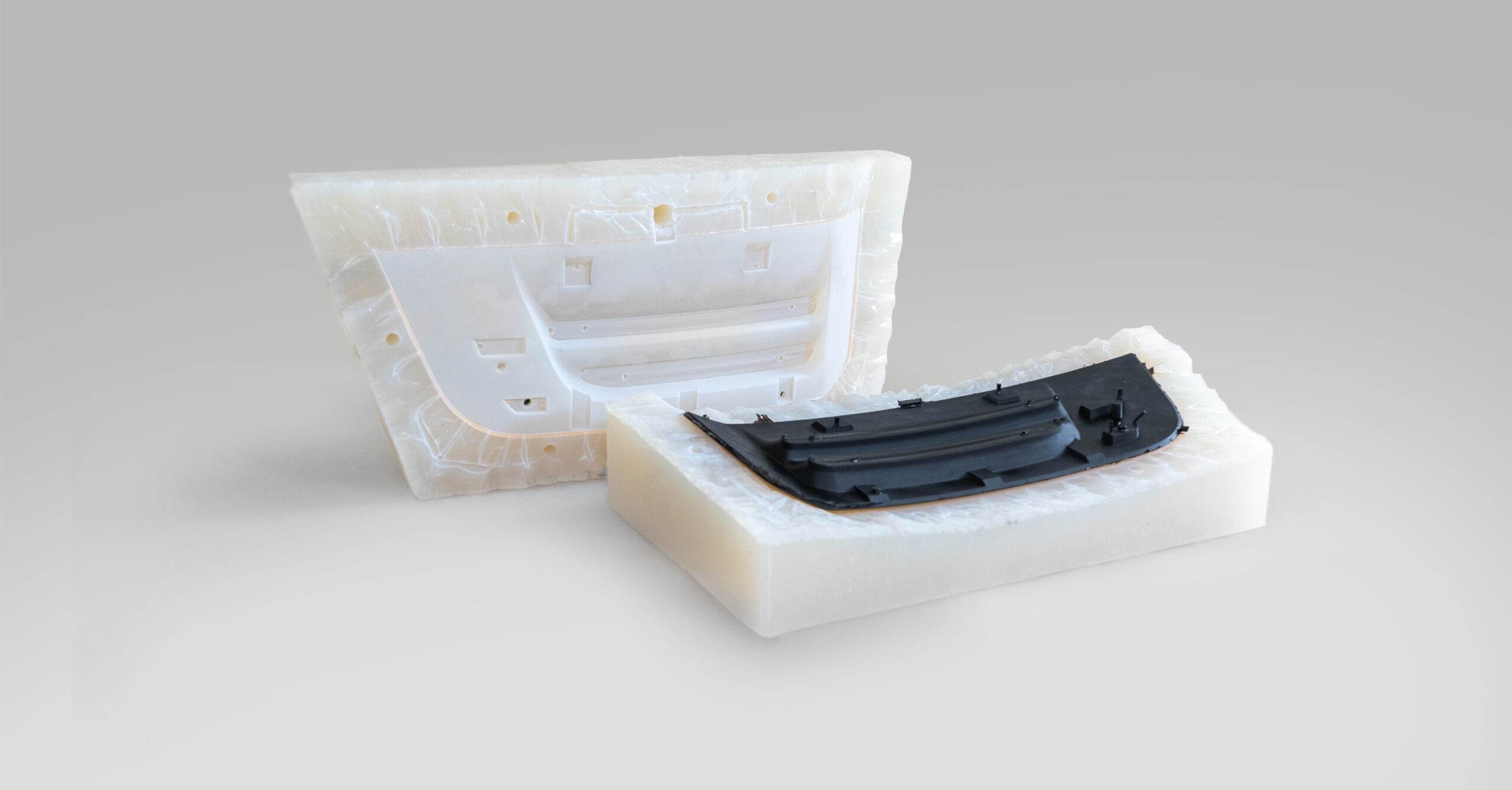What is Vacuum Casting and When to Choose It

Vacuum casting is an ideal solution for creating production-grade parts without the lead time and cost of production tooling. With this method, you can make parts of any size, from small headphones to long car bumpers. Working with a reputable service provider gives you access to a wide range of materials to suit your project’s unique requirements.
But is it for you? Let’s look at the process in detail to help you make an informed choice.
Understanding the casting process
The process casts elastomers using a vacuum to draw liquid material into the mold. It is helpful when air entrapment becomes an issue with your mold. Vacuum casting may also be practical when your design requires undercuts and intricate details on the mold. As such, it is sometimes referred to as thermoforming because it involves rapid prototyping and the preheating of plastic sheets. Preheating occurs in the automated machine until the material is pliable and soft.
How it works
Vacuum casting involves three steps:
- Making the master model
A high-quality master model is CNC machined or 3D printed using selective laser sintering (SLS) or stereolithography (SLA)
- Curing
The manufacturer pours liquid silicone around your master model and leaves it to cure. After drying, the master is cut from the mold, leaving the cavity.
- Casting
Resin is poured into the cavity to make the production-like replica. You can ask the manufacturer to mix the resin with any pigment or metallic powder to achieve your desired functional or aesthetic properties. Then, the mold is introduced into the vacuum chamber to prevent air bubbles that can damage the final product. Curing occurs in high temperatures to ensure a durable and strong material. The silicone mold is reusable for making more prototypes. The final product can be painted or decorated to achieve further aesthetic requirements.
Is it for you?
Vacuum casting may be cost-effective and faster for producing duplicate or consistent parts and prototypes fast with precision and fine detail. That means you’re getting high-quality results at a lower cost. Some of its commonly used applications are in food and beverage, commercial products, and household products.
